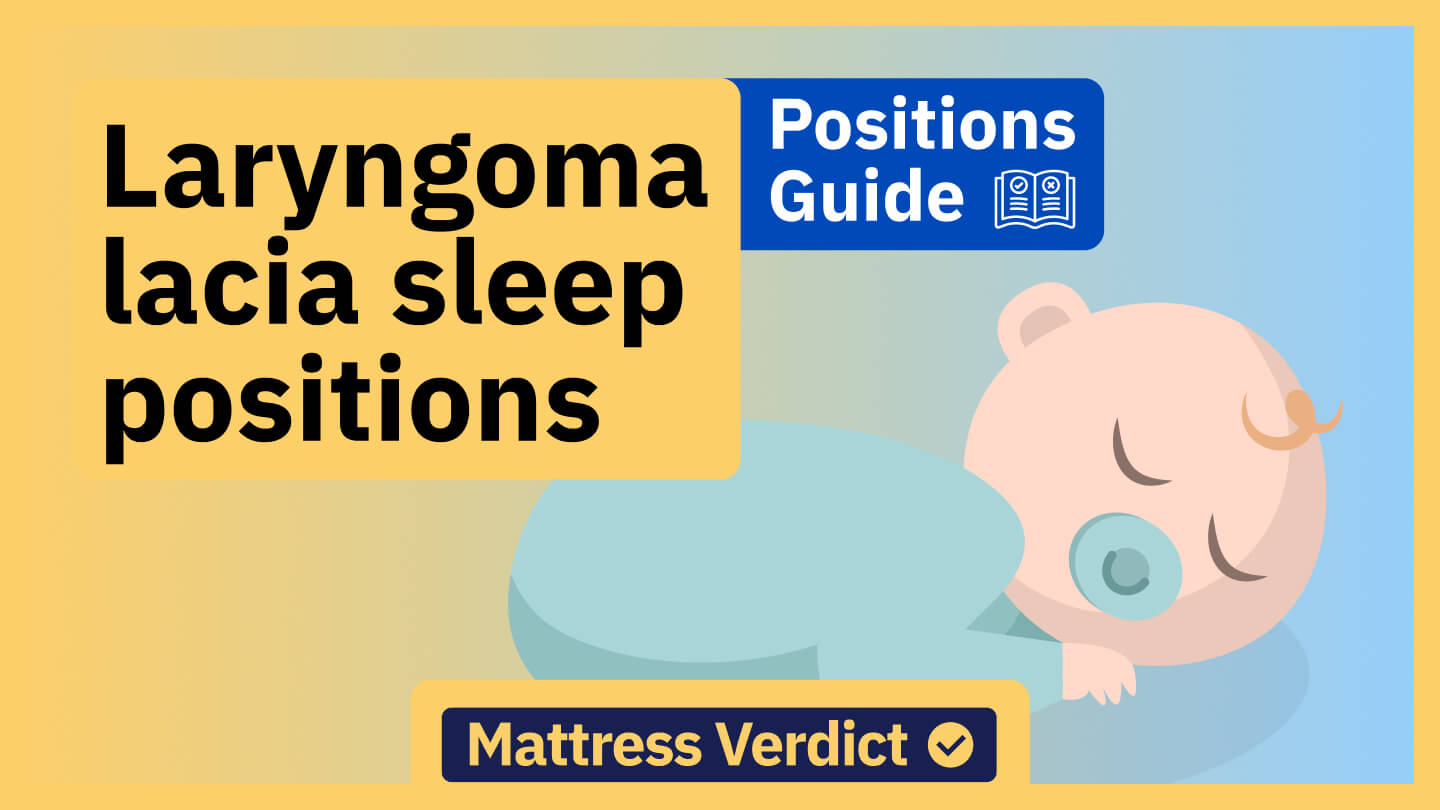

Snails are fascinating creatures in more ways than one. While some facts about these gastropods are widely known, others are familiar to only a few.
For instance, you probably know that snails are among the slowest animals on earth, with a speed of 0.03 mph.
But how much do you know about snail sleeping patterns? Like most animals, snails do sleep. However, sleep duration in snails is quite different from ours.
Let us explain.
Snail Sleep Patterns
If you are a pet snail owner or have a kitchen garden frequently patronized by snails, you may have realized that they are more active at night.
That’s because snails are nocturnal creatures and don’t follow a 24-hour sleep cycle like humans. Snails’ nocturnal behavior is due to their natural preference for cooler temperatures and higher humidity levels that typically occur when the sun goes down.
How do Snails Sleep?
The snail sleep cycle has been studied for years. However, it was in 2011 that we came closer to understanding how these little-shelled gastropods sleep, thanks to two Canadian scientists.
The snail sleep research involved monitoring eight great pond snails (Lymnaea stagnalis) over 79 days.
The scientists found that a snail's sleep cycle lasts about 22 minutes. After each cycle, the snail briefly wakes up, does a bit of feeding, and then completes another 22-minute Here are a few interesting snail facts from this study: sleep cycle. This is repeated about seven times across 13 hours.
When not sleeping, the snails were observed to be continuously active for between 37 and 41 hours.
-
Snails get roughly 2 hours 35 minutes of sleep in a 13-hour sleep-wake cycle.
-
Snails can be active for close to 40 hours when they are not sleeping.
-
Snails sleep. They don’t just rest. Signs that a snail is sleeping include shortened tentacles (not withdrawn completely), reduced radula movements (comparable to a toothed tongue), and a shell that seems to fall away slightly when the snail is attached to a vertical surface.
-
Snails don’t experience sleep debt, so, unlike humans, they don’t need to get more shut-eye during weekends.
Do Snails Hibernate?
You’ve probably heard that snails can sleep for three years and are wondering whether that’s true.
Yes, snails sometimes stay dormant for several months or up to three years. While they can be said to be in a long, deep sleep, they are actually hibernating or estivating. What’s the difference between hibernation and estivation in snails?
Well, snails hibernate during winter to bypass the long period of food scarcity. During hibernation, all processes, including heart rate and metabolism slow significantly and they may appear dead.
Estivation is similar to hibernation, only that it happens during summer. The snail enters a prolonged dormancy state because of the hot and dry weather conditions.
The Importance of Moisture
A common curiosity about snails is why they tend to prefer moist environments. The answer is really simple: snails rely on humidity to breathe (read: survive).
A snail does not have a nose; instead, it breathes through blood vessels along the skin. Similar to the moist respiratory surfaces in our lungs, the snail's skin must remain moist to ensure efficient gas exchange.
That’s why snails purposely come out in the evenings and early morning when the air is relatively damp. Snails stay hidden in damp spots when the sun is shining until the dampness returns.
Energy Conservation
Snails are slow. Okay, that’s not surprising. What’s surprising (and perhaps pitiful) is that snails require the most energy to move in the animal kingdom. Mark Davies, Emeritus Professor of Bioscience at the University of Sunderland, tells The Guardian that snails use a third of their energy in making the trails they slide on.
So, an obvious benefit of having a 13-hour sleep-wake cycle is to conserve energy. Another way snails save energy is by riding along slime trails made by other snails. Experts believe that following other snails’ trails can save a snail up to two-thirds of the energy used to lay down a new “snail highway.”
Types of Snails and Variations
There are over 40000 species of snails broadly categorized into land (terrestrial) and aquatic snails. Both types are born with a rudimentary shell and use a single foot for locomotion.
The major difference between the two types of snails is how they breathe. Like other aquatic animals, water snails use gills, while land-based snails have lungs.
Regarding rest, land and aquatic snails sleep in around seven bouts spread across 13 hours. However, unlike land snails that can hibernate for three years or more, aquatic snails remain motionless for around two weeks. This is usually a sign of unfavorable water temperatures or an issue with the diet.
Protective Mechanisms
Snails have multiple ways of staying safe during sleep, hibernation, or restivation. One method involves curling inside the shell and sealing the aperture (mouth of the shell) with dried mucus to prevent water loss. Secondly, some snails secrete a slimy and foul-smelling mucus that makes them difficult to grab and unappealing on a predator’s menu.
Conclusion
We hope you now understand the importance of snail sleeping patterns. While they don’t seem to do much, snails need to sleep to save energy and avoid unfavorable weather conditions.
For another example of unusual sleeping habits in the animal kingdom, consider dolphins; they shut down only half of their brain and keep one eye open to stay on the lookout for predators!




